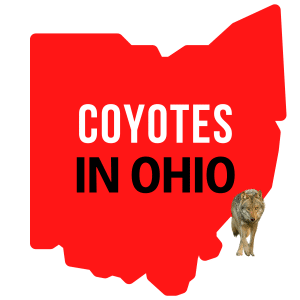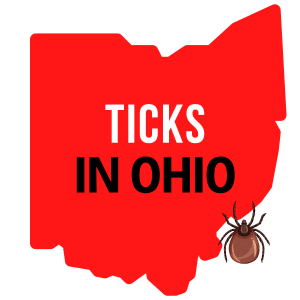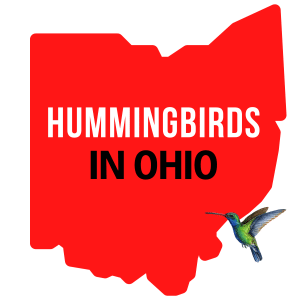Owls In Ohio
This post contains links to affiliate websites, such as Amazon, and we receive an affiliate commission for any purchases made by you using these links.
There are eight species of owls in Ohio. Owls are often seen as mysterious birds as they are rarely seen during daylight hours. Discover the eight species that live in Ohio.
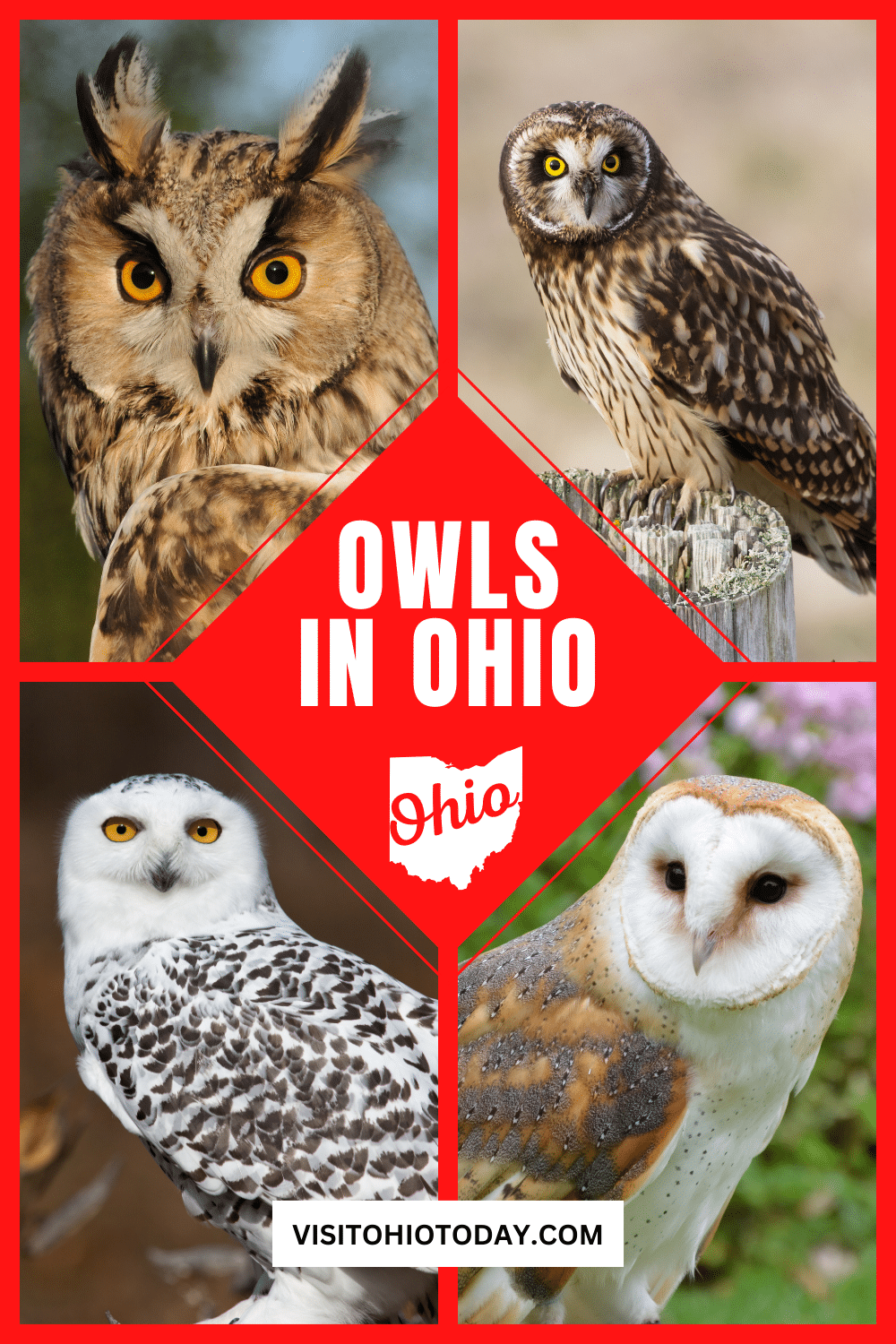
About Owls
Owls are carnivores and insectivores, hunting and eating prey such as voles and mice. Their diet may also include frogs, lizards, snakes, rabbits, birds, and other small animals. Some owls eat insects almost exclusively.
Although owls are raptors, they have noticeable differences from hawks and other birds of prey. Owls usually have large heads with a stocky body and a short tail. They have a reversible toe that can point either forward or backward. One of the more noticeable differences, of course, is the placement of their eyes. Unlike most other birds, owls have eyes that face forward.
There are about 250 species of owls in the world, and they inhabit every continent except Antarctica.
Although most owls hunt at night, making them nocturnal, some hunt at dawn and dusk (crepuscular), and some hunt during the day (diurnal).
Cindy’s Insider Ohio Tips!
Although owls are usually considered to be night birds, they can be spotted during the day, particularly when they are feeding their young in the spring, so be sure to look out for them especially if you’re hiking any trails in Ohio during March and April.
Owls in Ohio
The eight species of owls in Ohio can be found all over the state, none of them are exclusive to one area.
Barn Owl
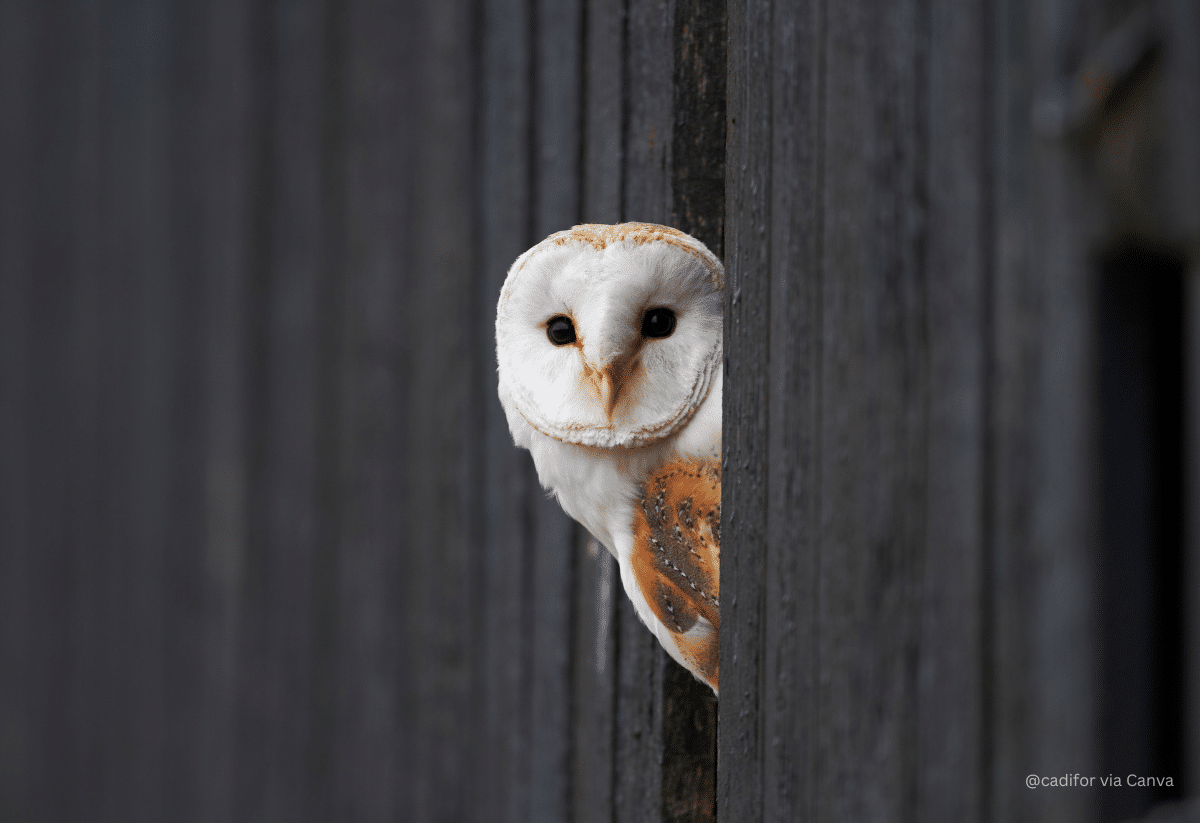
Tyto alba | 1 pound | 42-inch wingspan
Barn owls have a white heart-shaped face with dark eyes. Their call is a drawn-out shriek, with defensive hisses and a variety of other twittering or snoring sounds. They hunt mainly voles and mice and require tracts of grasslands, marshes, and meadows as habitats.
The status of barn owls in Ohio is currently ‘Threatened’. Nest boxes in suitable habitats have increased the population. The areas of greatest popularity are Holmes and Wayne counties.
Barred Owl
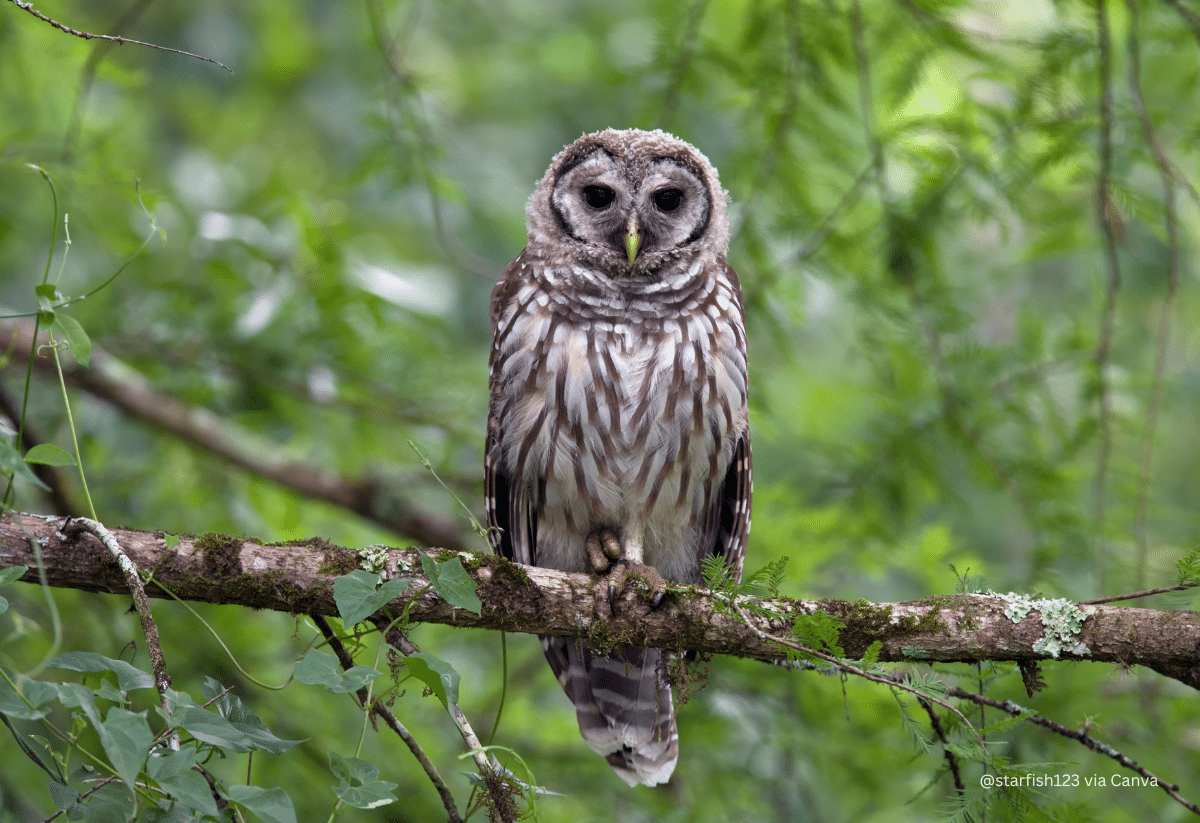
Strix varia | 1.6 pounds | 42-inch wingspan
Barred owls are large but weigh relatively little for their size. This owl and the Barn Owl are the only species in Ohio with dark eyes. Barred owls have prominent facial discs. They are very vocal, and their typical call is described by the mnemonic ‘Who cooks for you, who cooks for you all’. A conversing pair can keep up a repertoire of hoots, screams, chuckles, and other sounds for more than half an hour! The preferred habitat is forested ravines and swampy woods.
These owls are common in Ohio and can be found statewide.
Some fun facts about Barred Owls in Ohio:
Eastern Screech Owl
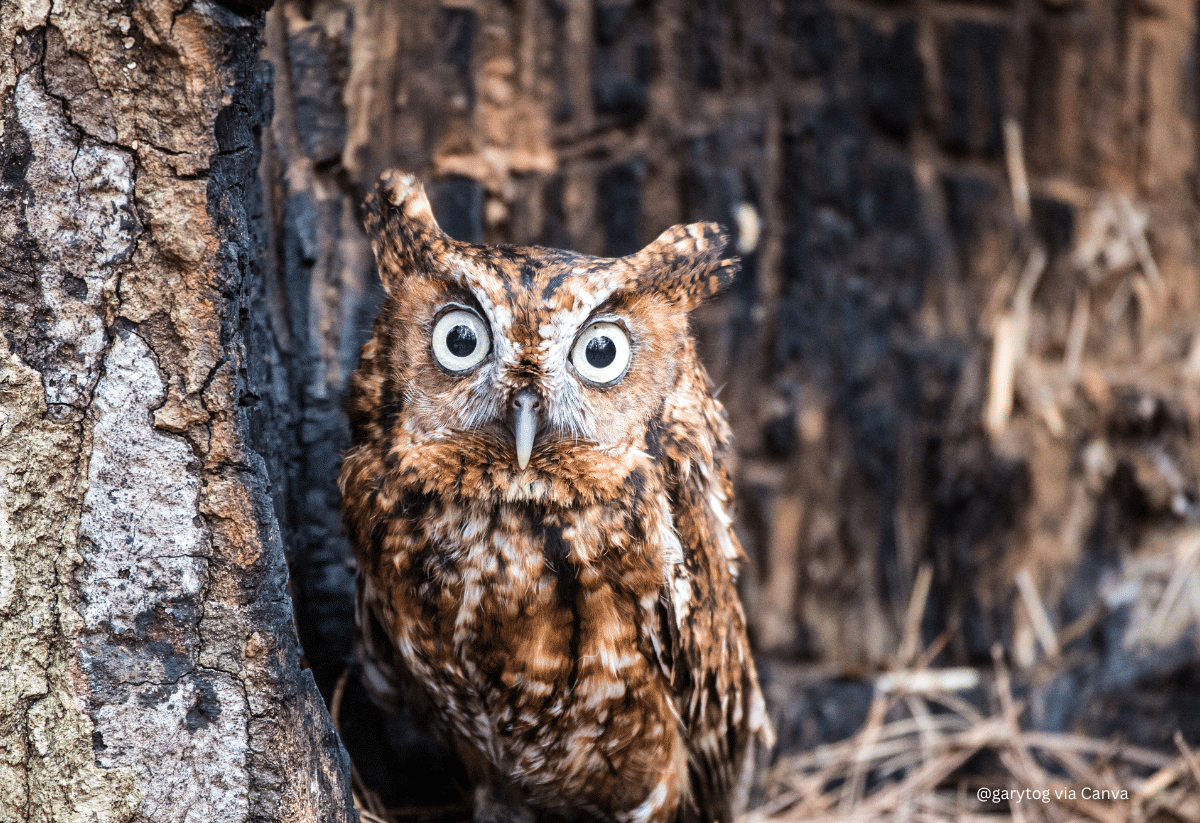
Megascops asio | 6 ounces | 20-inch wingspan
The tiny Eastern Screech Owl can be seen in two different colors, gray and red. Grays are most popular, particularly in the north of the state, while reds can be locally abundant in southern Ohio. Despite their name, these owls don’t screech, they emit a quivering whistling sound. Eastern Screech Owls can make their home in most types of habitat.
These owls are the most common of all owls in Ohio, but are difficult to spot due to their tiny size and nocturnal habits.
Great Horned Owl
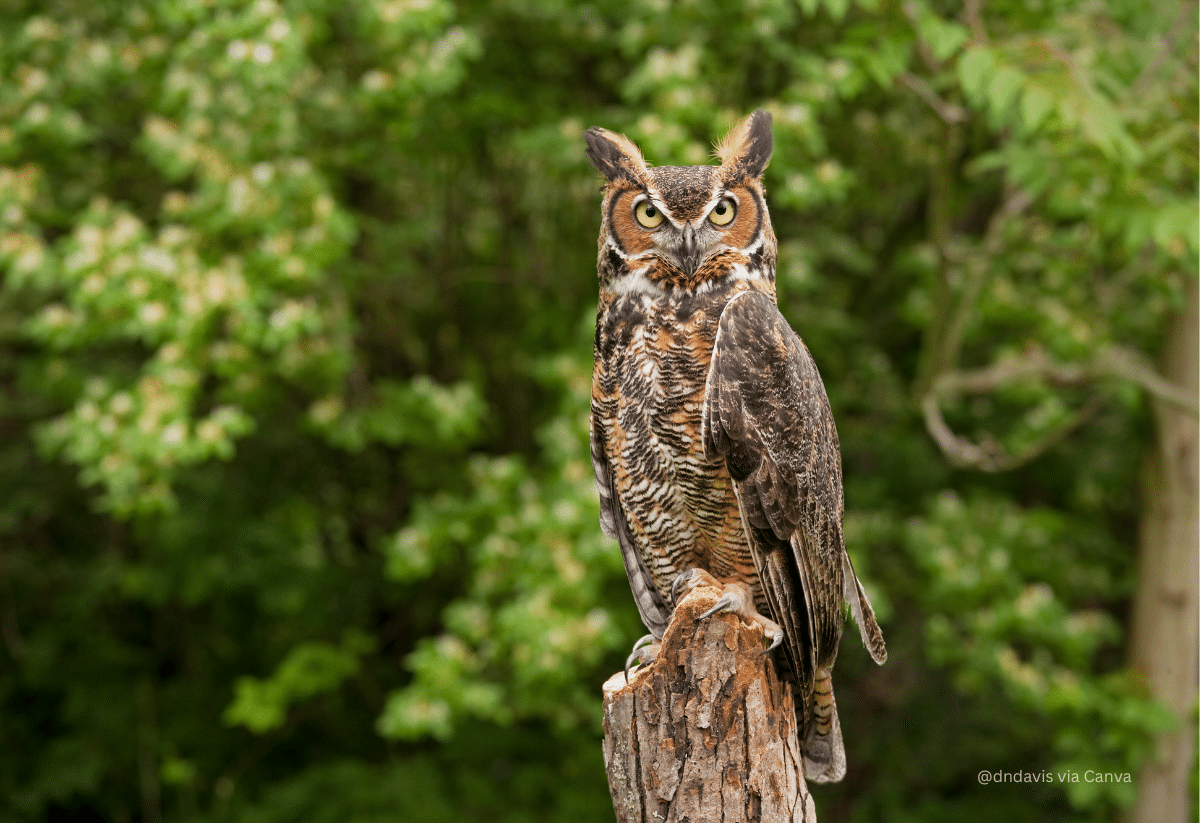
Bubo virginianus | 3 pounds | 44-inch wingspan
The Great Horned owl is the largest owl in Ohio. The combination of its size and large ear tufts make this owl easy to identify. These are the second most common owl in Ohio after the Eastern Screech owl. Their preferred habitat is large, open spaces interspersed with small wooded areas.
These owls are common in Ohio statewide.
Long-Eared Owl
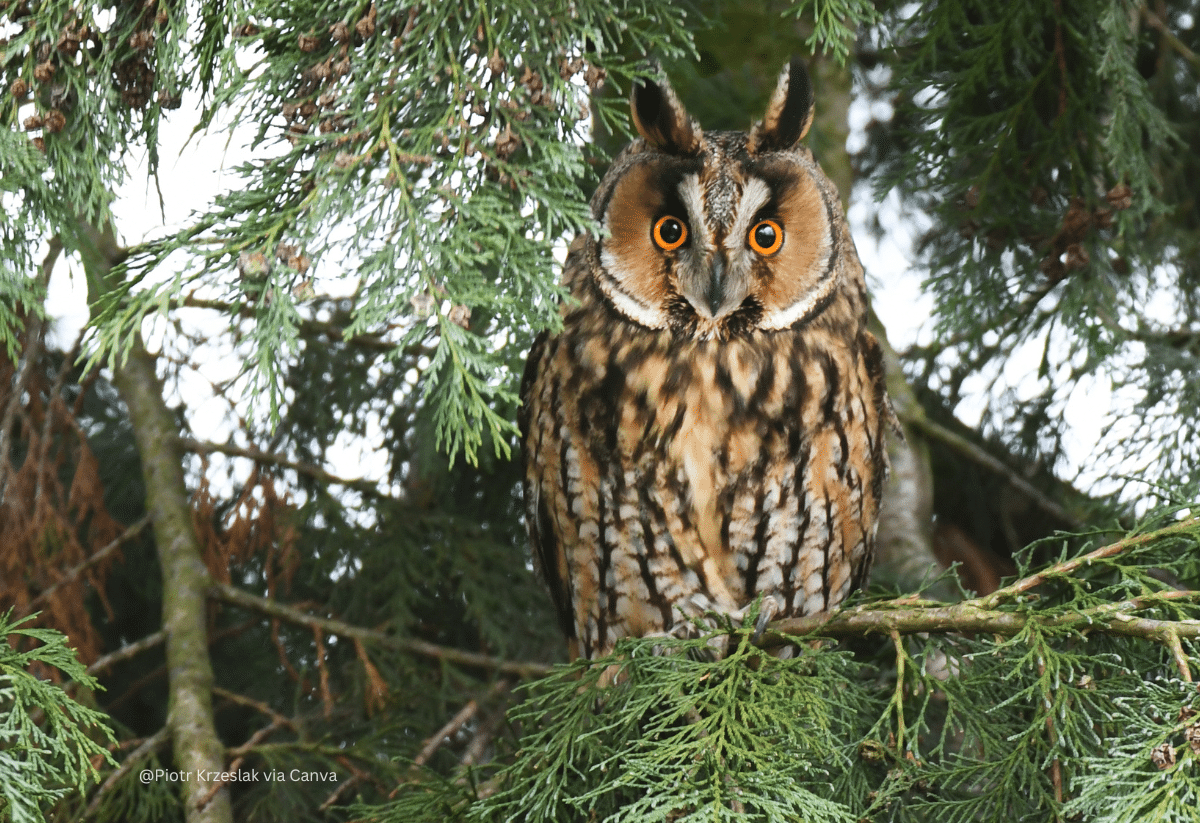
Asio otus | 9 ounces | 36-inch wingspan
Long-eared owls have large ear tufts and distinct orange facial discs. They are similar in appearance to the Great Horned owl but are noticeably smaller and the ear tufts are set closer together. Long-eared owls prefer open spaces for hunting with conifers, pine trees, or red cedars close by for roosting. These migratory owls are seen in Ohio during winter migratory months, then head back to Canada for the summer and for nesting.
These owls can be found statewide, but are less likely in the heavily forested areas of southeastern Ohio.
Northern Saw-Whet Owl
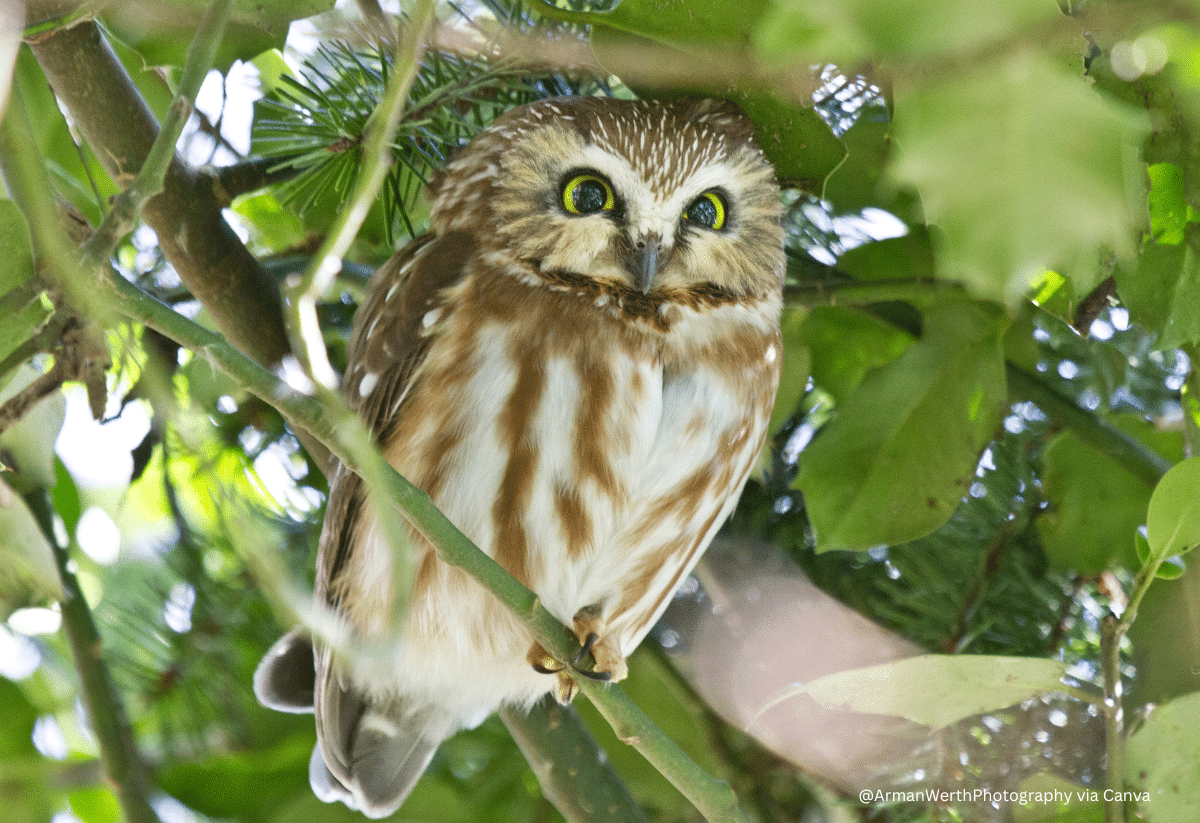
Aegolius acadicus | 3 ounces | 17-inch wingspan
The Northern saw-whet owl is the smallest owl found in Ohio and is about the size of an American robin. Due to their tiny size, nocturnal hunting habits, and preference for roosting in dense cover, these owls are remarkably difficult to spot. These owls use Ohio as a migratory pathway, heading to more southern states for the winter. They are not known to nest in the state, although some records exist from before 1940 of nesting pairs.
These owls are found all over Ohio, but only for a couple of months each year.
Short Eared Owl
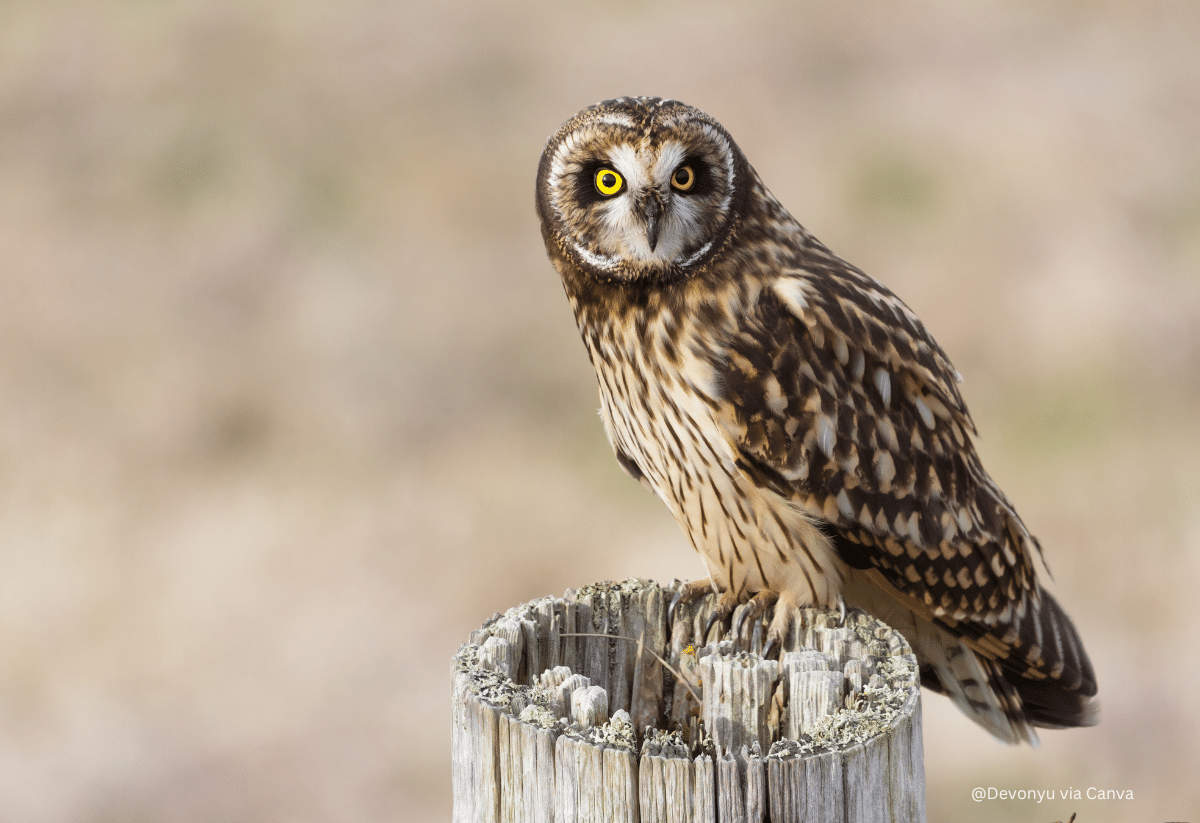
Asio flammeus | 12 ounces | 38-inch wingspan
The Short eared owl is recognizable by its deep wingbeat in flight, sounding like a huge moth. Their very short ear tufts are hardly noticeable at all. They have an almost white face with dark eye patches. These are migratory owls, spending the winter in Ohio, therefore, nesting pairs are not common in the state.
Numbers vary from year to year, but they can be found all over Ohio.
Snowy Owl
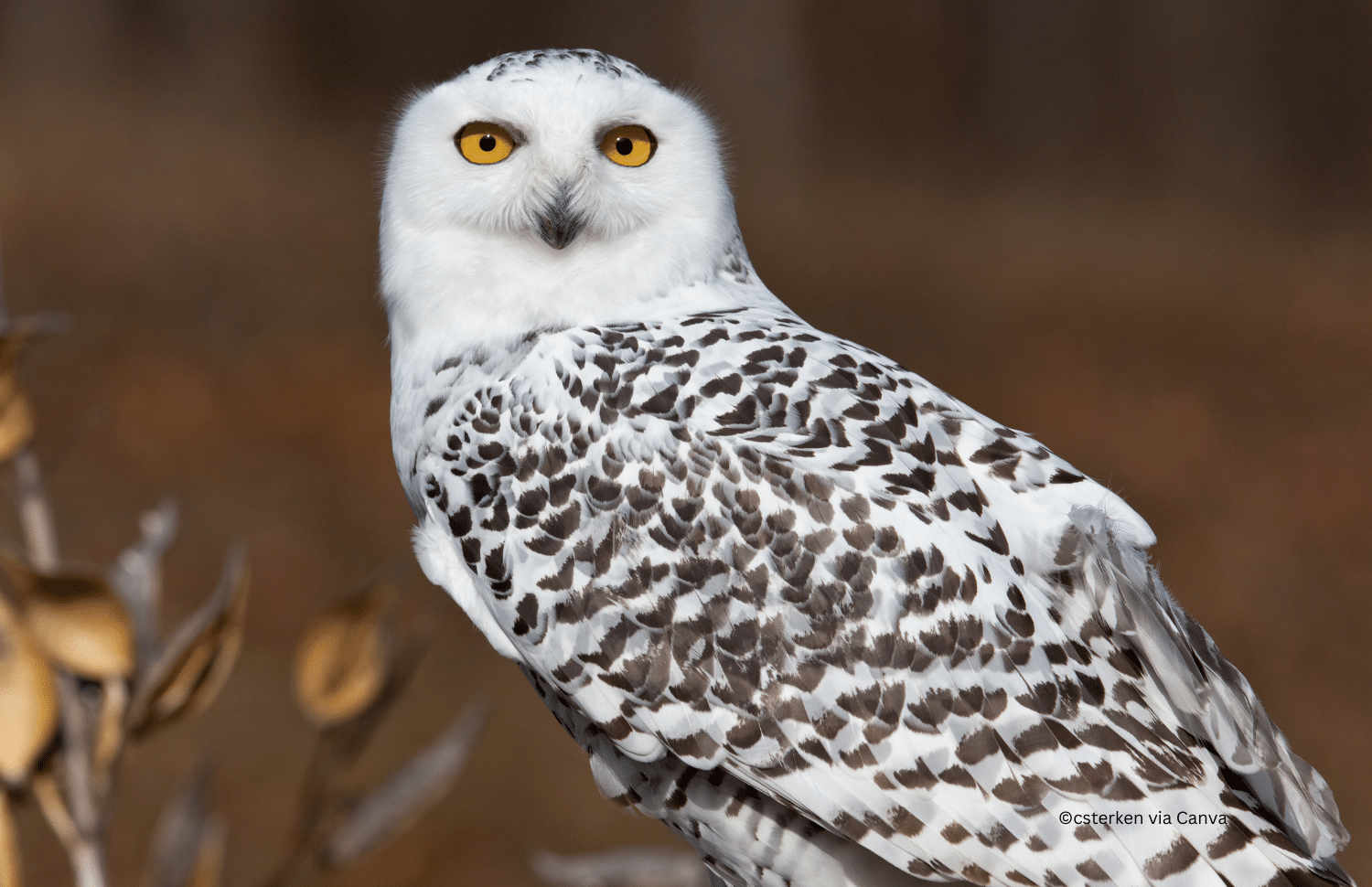
Bubo scandiacus | 4 pounds | 52-inch wingspan
You may think the Snowy owl would be unmistakable, and if you are fortunate enough to spot a fully grown male, they are. Ohio is more often a retreat for young females, however, and they can be quite dark in color, although they always have a pure white face. The Snowy owl is mostly out during the daytime, preferring sites with plenty of prey, including gulls and waterfowl. They are migratory, wintering in Ohio.
The Snowy owl can be seen all over Ohio in the winter, but more on the shores of Lake Erie.
Spotting Owls in Ohio
Have you spotted any owls in Ohio? Did you manage to get a photo? We would love to see and hear about your encounters! Leave a comment below and share your experience.
There are lots of animals to be found in Ohio! Do you like Salamanders, Turtles, or Caterpillars? You can find tips about them here, and maybe find where you can spot them!
Also, be sure to check out our posts all about Frogs In Ohio, Bats in Ohio, and Coyotes in Ohio.




